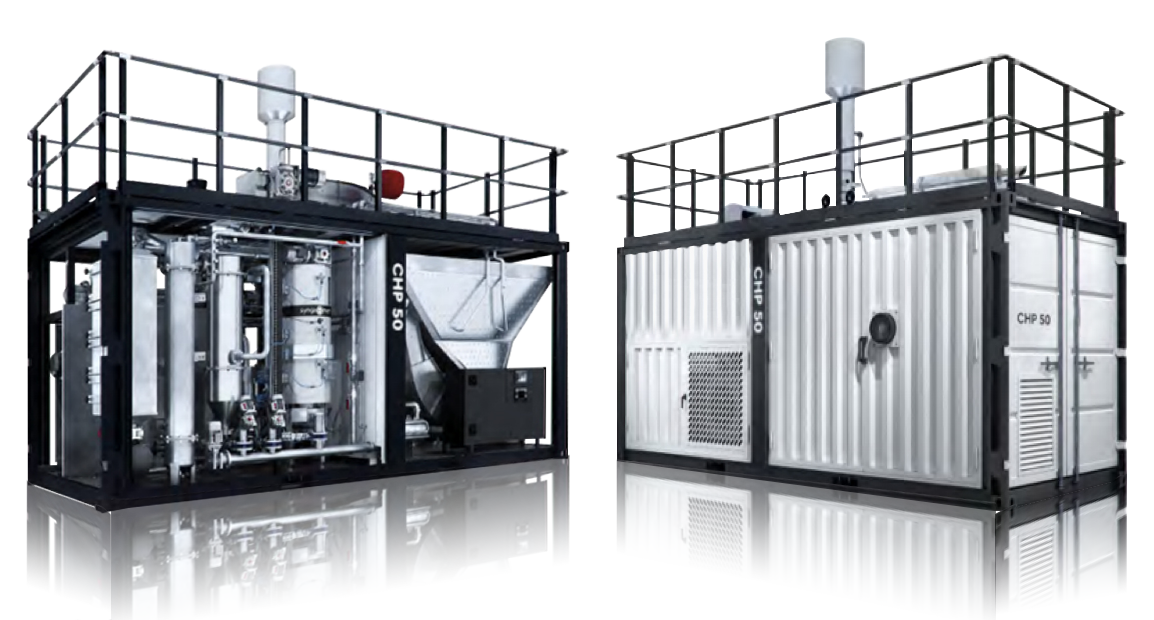energy_savings_leaf Performance
The first phase of JSIC's power plant plan is to establish a 400 kW power generation equipment, with a maximum power generation about 3.2 GWh annual. According to the 2020's annual electricity carbon emission coefficient of 0.502 kg CO2e conversion, JSIC can reduce about 1,600 metric tons of CO2 emissions a year, which is equal to about 160 hectares of afforestation benefits (6.25 Da’an Forest Parks).
Since JSIC uses energy recovered from biomass waste, so in the first phase, JSIC can assist in the treatment of about 2,000 metric tons of waste per year, and earn income from waste treatment fees and bulk sales to Taipower (Taiwan Power Company).
3.2
1,600
160
6.25
energy_savings_leaf Why JSIC?

Gasification
- Extremely low amount ash residue from biomass waste through pyrolysis gasification.
- Tar output is very low through a co-current fixed bed (downdraft) gasifier.
- Thickened carbon layer design for more complete gasification.
- The operation interface is simple. 1 to 2 people can control the entire automated system.
- No flue gas emission.
- RDF-7 syngas directly converts into electricity through the microturbine and CHP, which is more efficient than incinerators electricity generation.
- Can build the foundation of community and miniature power plants.
Renewable Energy Equipment
The generation efficiency rate of JSIC's power generation equipment is 40%, and the green electricity wholesale income (1,200 kWh) is estimated to be around NT$37,902,720 / year.
Waste Recycling Qualification
By the laws of The Environmental Protection Administration and Ministry of Economic Affairs, JSIC got the verification to be qualified for charging treatment waste fees and used waste as gas fuel for micro-turbine power generation.
Pollution Source Declaration
By the laws of The Environmental Protection Administration, comply with air pollution control requirements: particulate pollutants (10 mg/Nm3), sulfur oxides (8 ppm), nitrogen oxides (10 ppm)